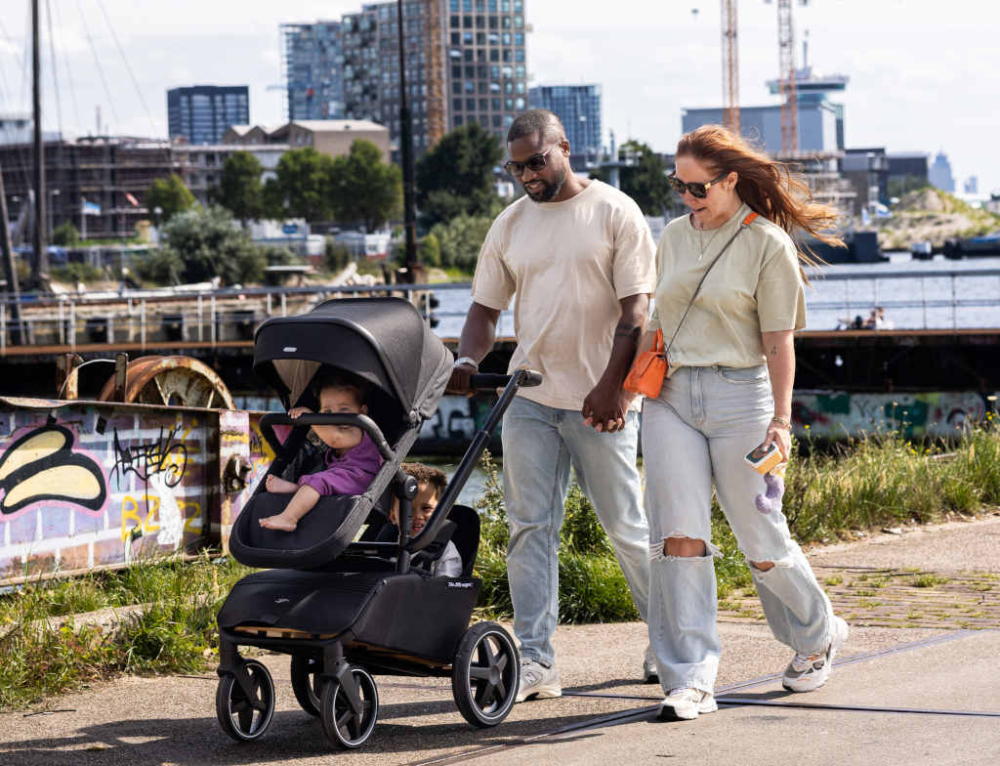It’s a fact: babies like to chill out lying on their backs. Whether they’re sleeping or hanging out in bouncers or car seats, it’s where they spend most of their time – and happily so.
While sleeping on their backs has had a positive impact on reducing the incidence of SIDS (sudden infant death syndrome) – because babies sleeping on their tummies are at higher risk of SIDS – this preoccupation with keeping babies safe on their backs has led to an unintentional decline in tummy time during waking hours, with some parents avoiding it altogether, potentially hindering their baby’s health and development.
‘Many parents think of tummy time as cruelly placing their immobile child onto his tummy and leaving him there. This cannot be further from the truth,’ says paediatric chiropractor Dr Jacey Pryjma. ‘Tummy time is one of the most essential and fundamental activities for babies to do. The skills, strength and development achieved during tummy time lay the foundation for appropriate and optimal development.’ So it’s important to give your baby the best of both worlds and make tummy time a priority.
What is tummy time?
Tummy time involves placing your baby on his tummy on a firm surface (usually a rug or carpet), putting his hands beside his head and turning his head to one side. It should be done only while your baby is awake and you are able to closely monitor him. Initially, you may feel disheartened because not a lot seems to be happening, other than a lot of squawks and protests from bub. While it may seem as though your baby is lying there helplessly, persistence will pay off. As he becomes stronger, he’ll learn to lift his neck and head and push up on his hands and elbows.
Start now!
It’s never too early to start tummy time, but you may need to begin with a gentler variation. For the first couple of weeks after your baby’s birth, lie your baby on your chest and build from there.
Holding your baby on his tummy across your lap or thighs while you massage him is also a great alternative to placing him on your shoulder, while a ‘football hold’ – where you hold your baby with one hand between the legs and under the tummy, and the other supporting head and shoulders – is another option.
When your baby is four to six weeks old, it’s time to graduate to the floor. Start with once a day or short spurts – just 30 seconds at a time is enough in the early days – eventually building up frequency and duration. A short session is better than no session at all, but daily sessions of between three and 10 minutes is the optimum. Dr Pryjma says to aim for six times on the tummy each day by the time your baby is six weeks old.
My baby doesn’t like tummy time. What now?
Consider that initially this isn’t the most physically comfortable position for your baby – it’s unfamiliar territory, and, well, he’d rather be on his back! But don’t give up. Instead, look for ways to make it a more enjoyable experience. Try propping a towel or blanket under your baby’s chest to encourage him to push up on his hands and elbows. Gather your baby’s favourite toys and scatter them in close proximity – these will serve both as a distraction to any discomfort, as well as encourage him to try to move towards them. Be sure to make yourself a visible and active presence by maintaining eye contact and talking or singing to your baby. Approach tummy time as a game, not just a routine.
Finally, a breakthrough
When baby is about four months old, you’ll notice changes. Sufficient head control and greater upper body strength will make looking around and reaching out for things challenging and fun. And you may find a change in his attitude towards tummy time – he may even look forward to it!
This article was written by Bessie Recep for Kidspot.
Read more on Kidspot







Leave A Comment
You must be logged in to post a comment.